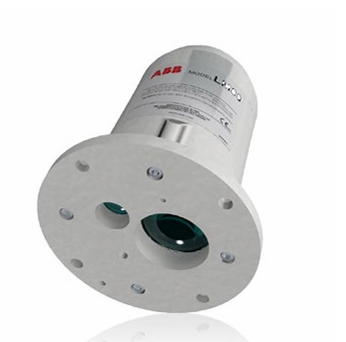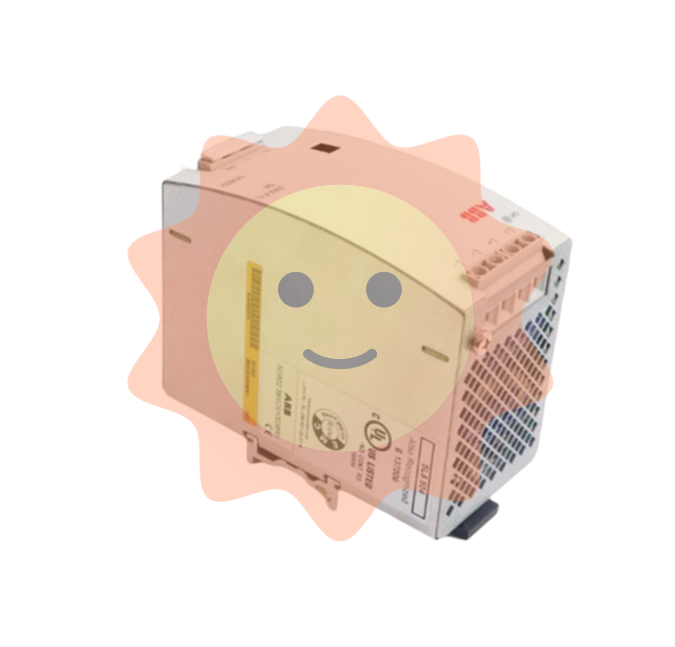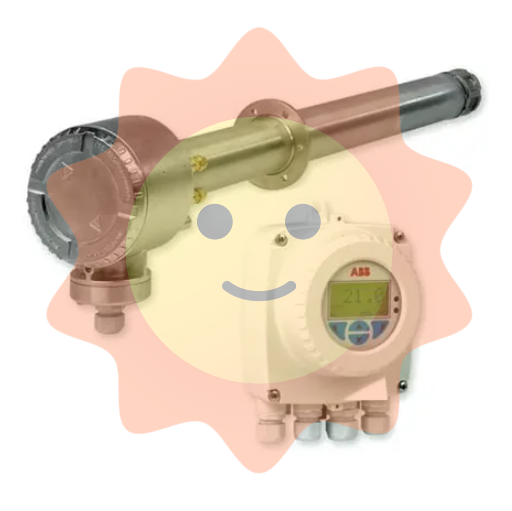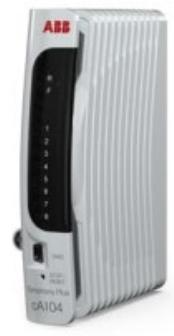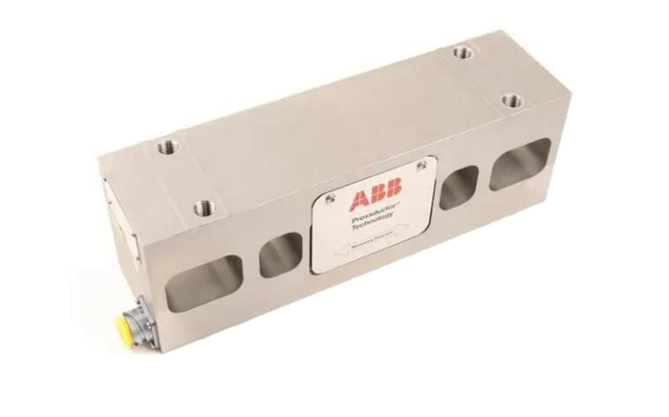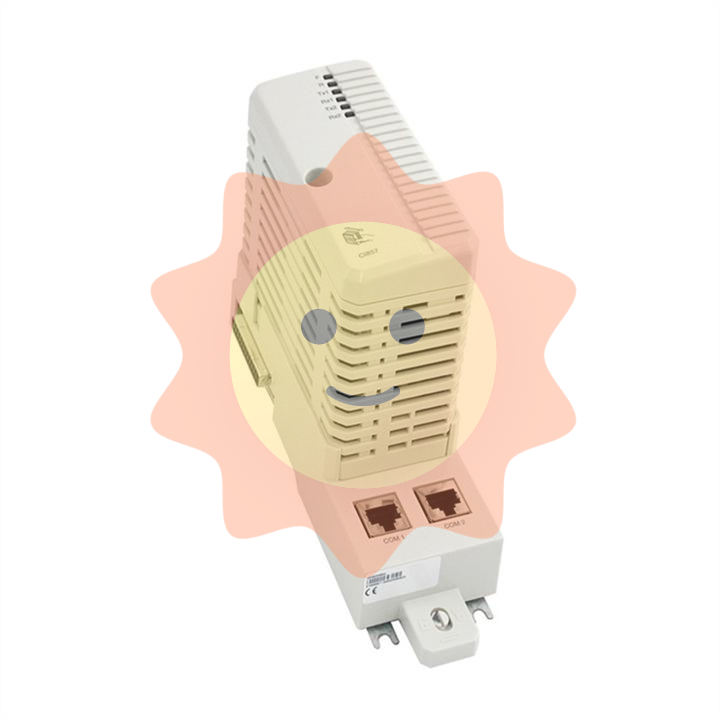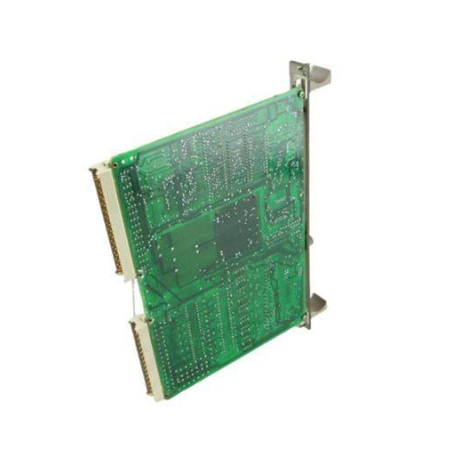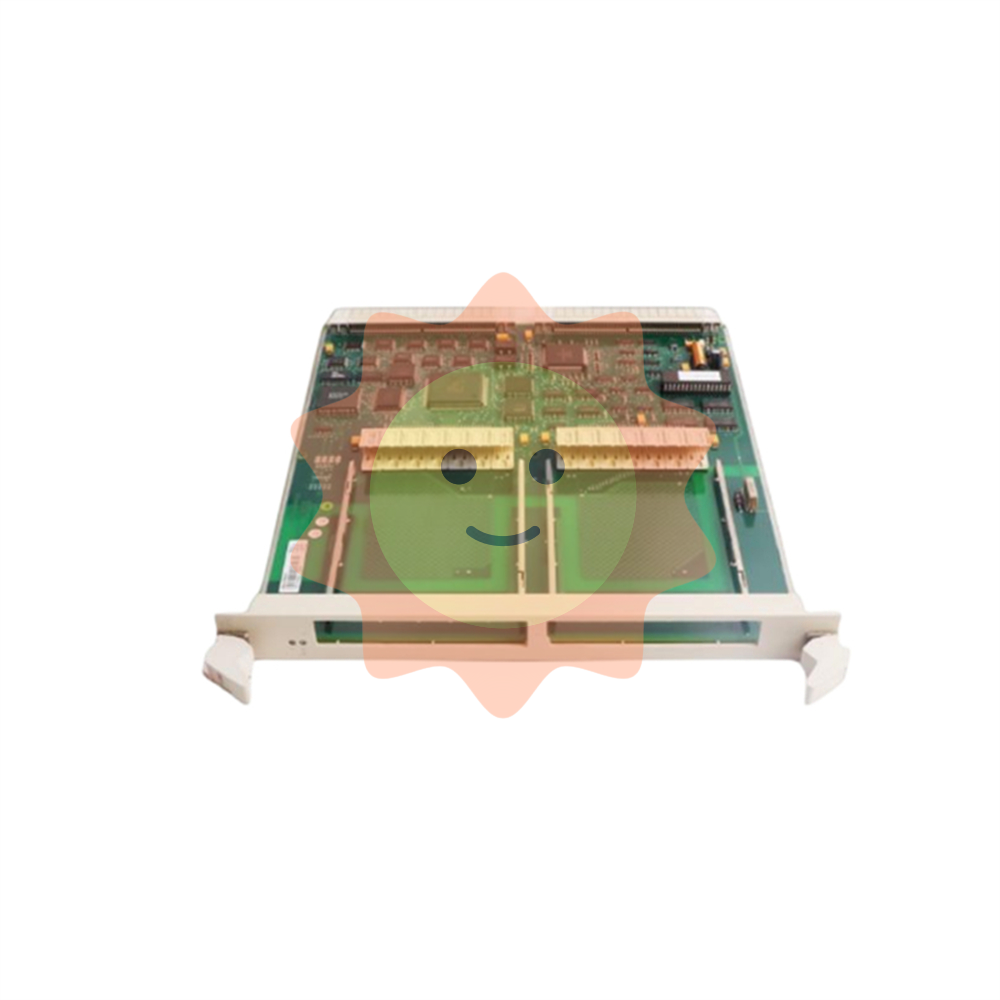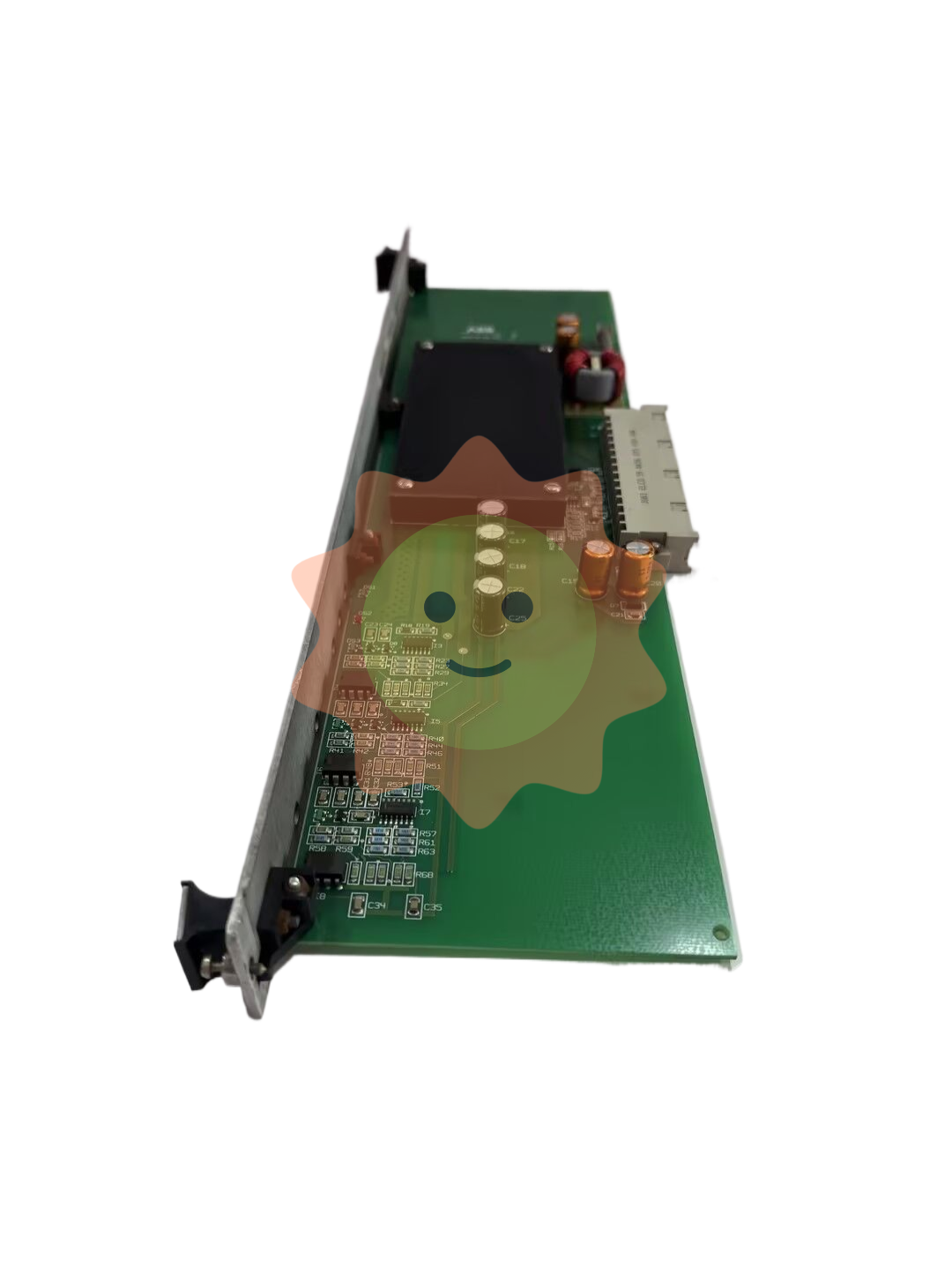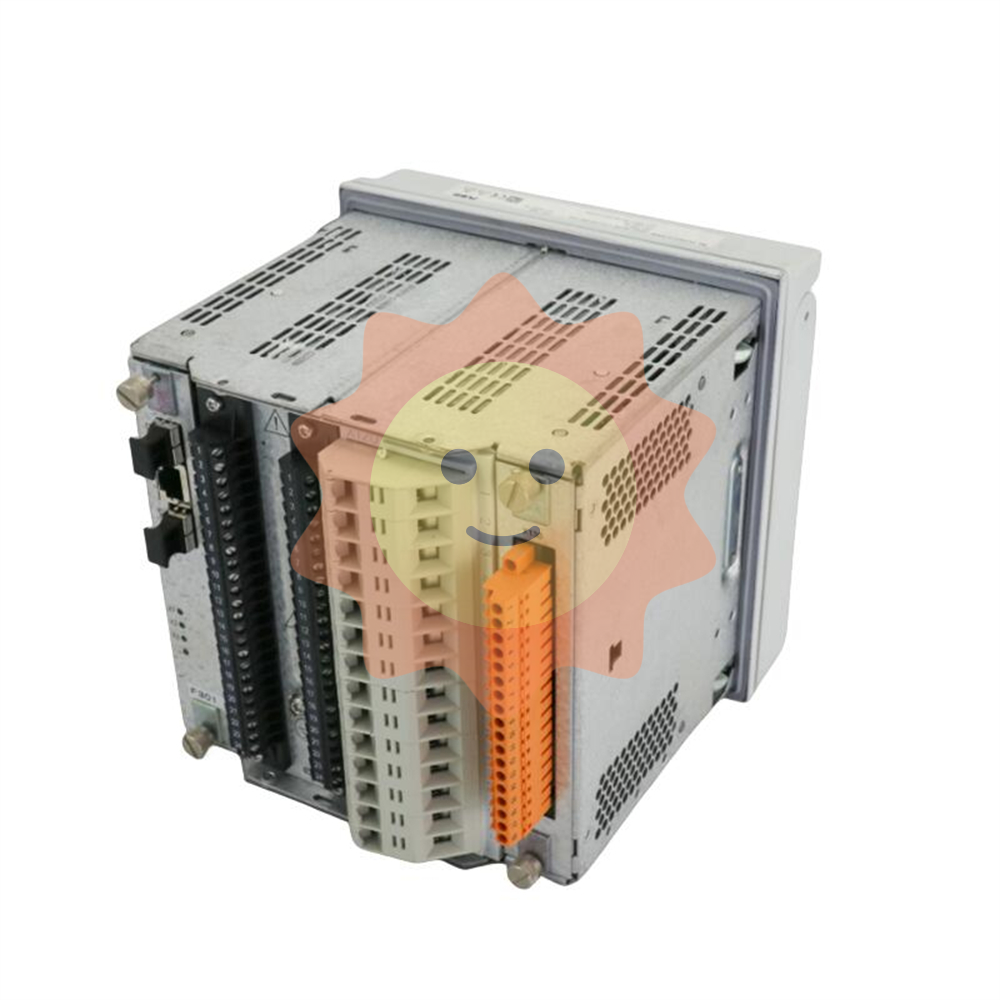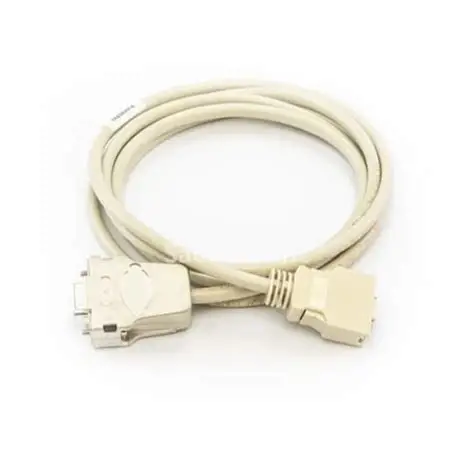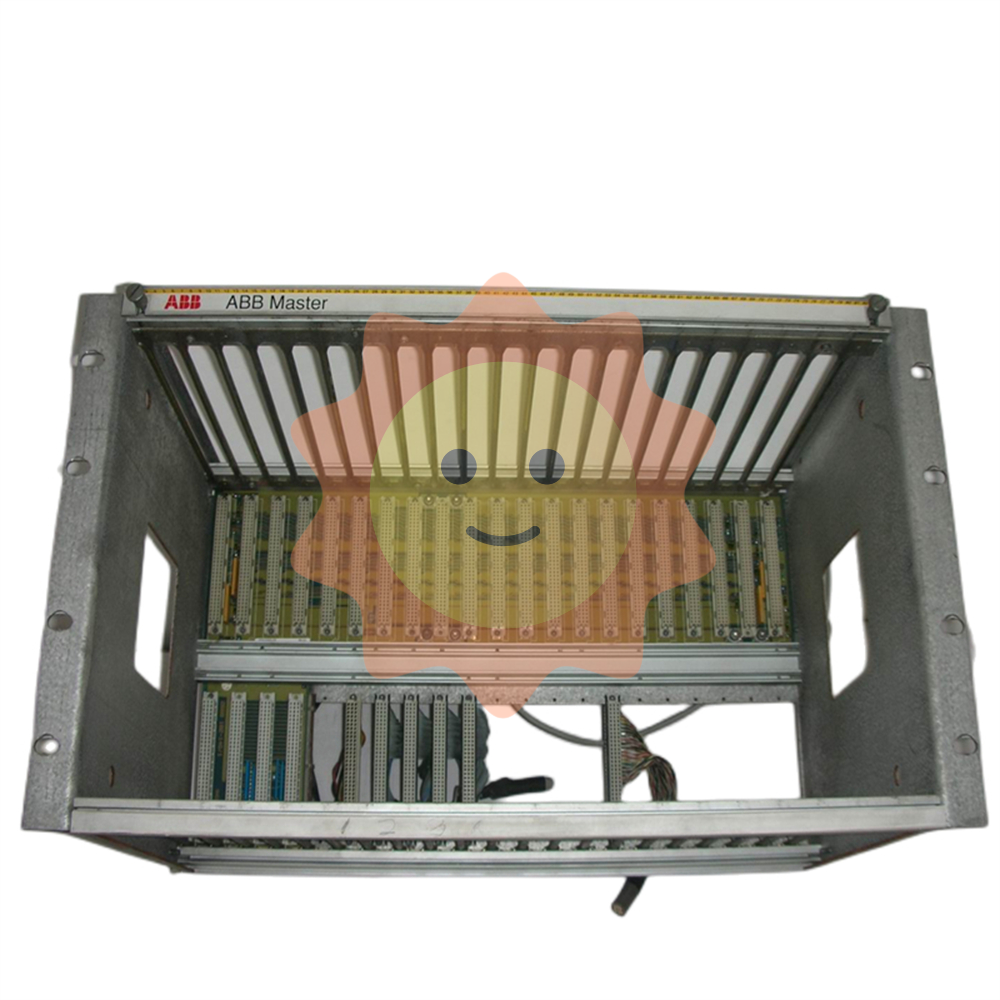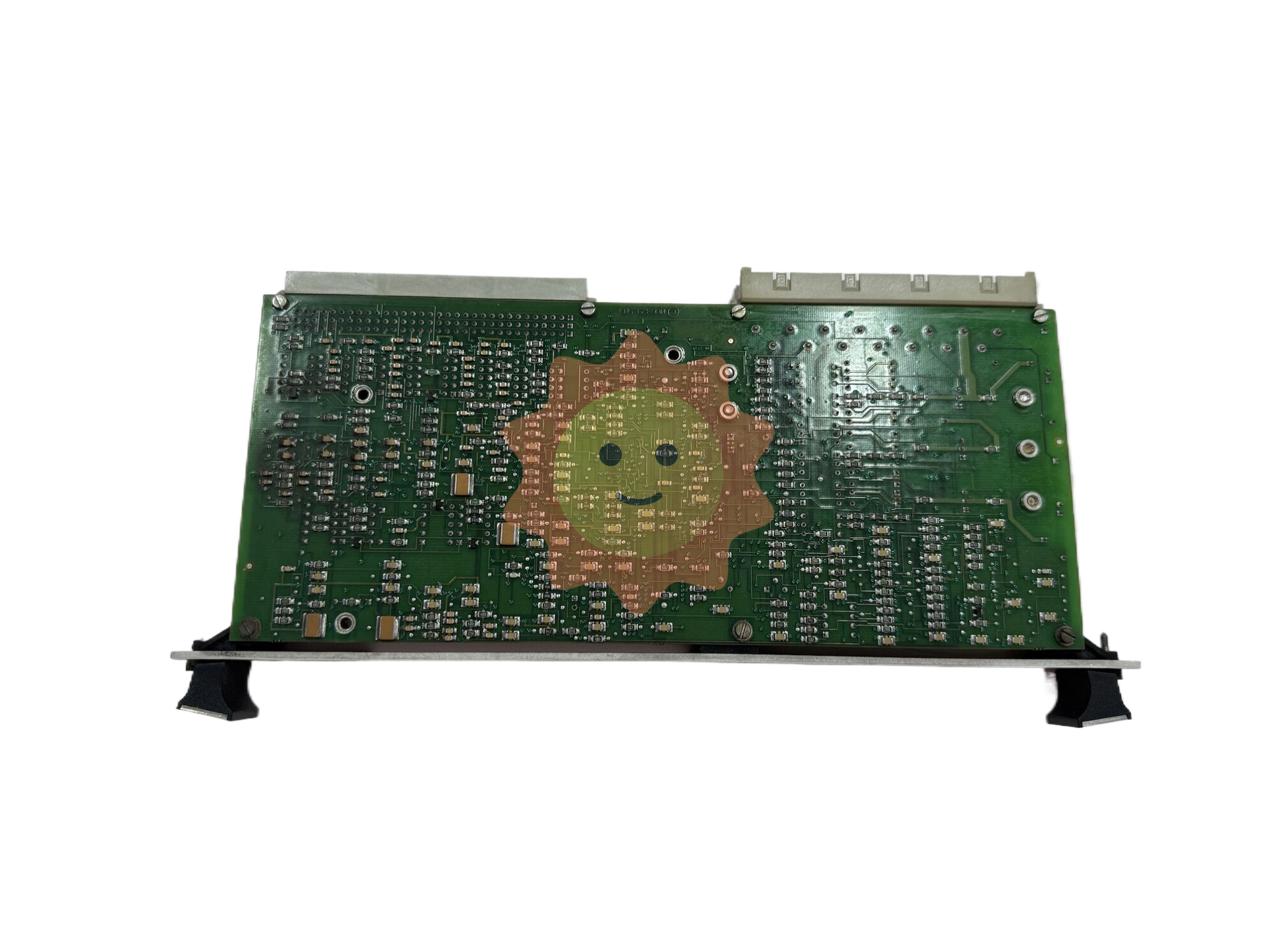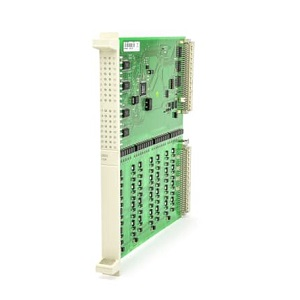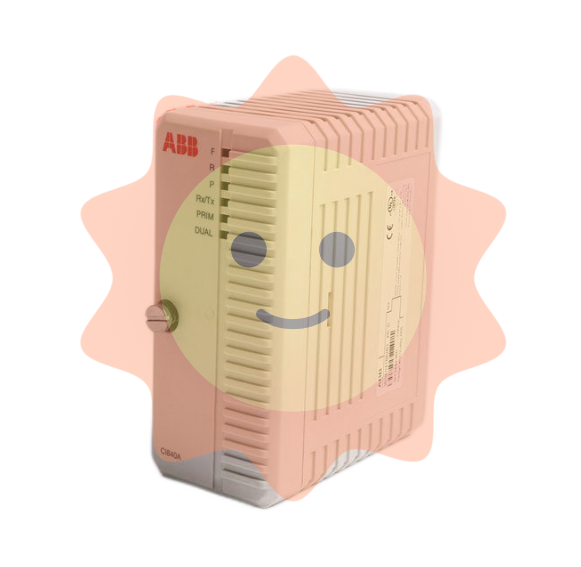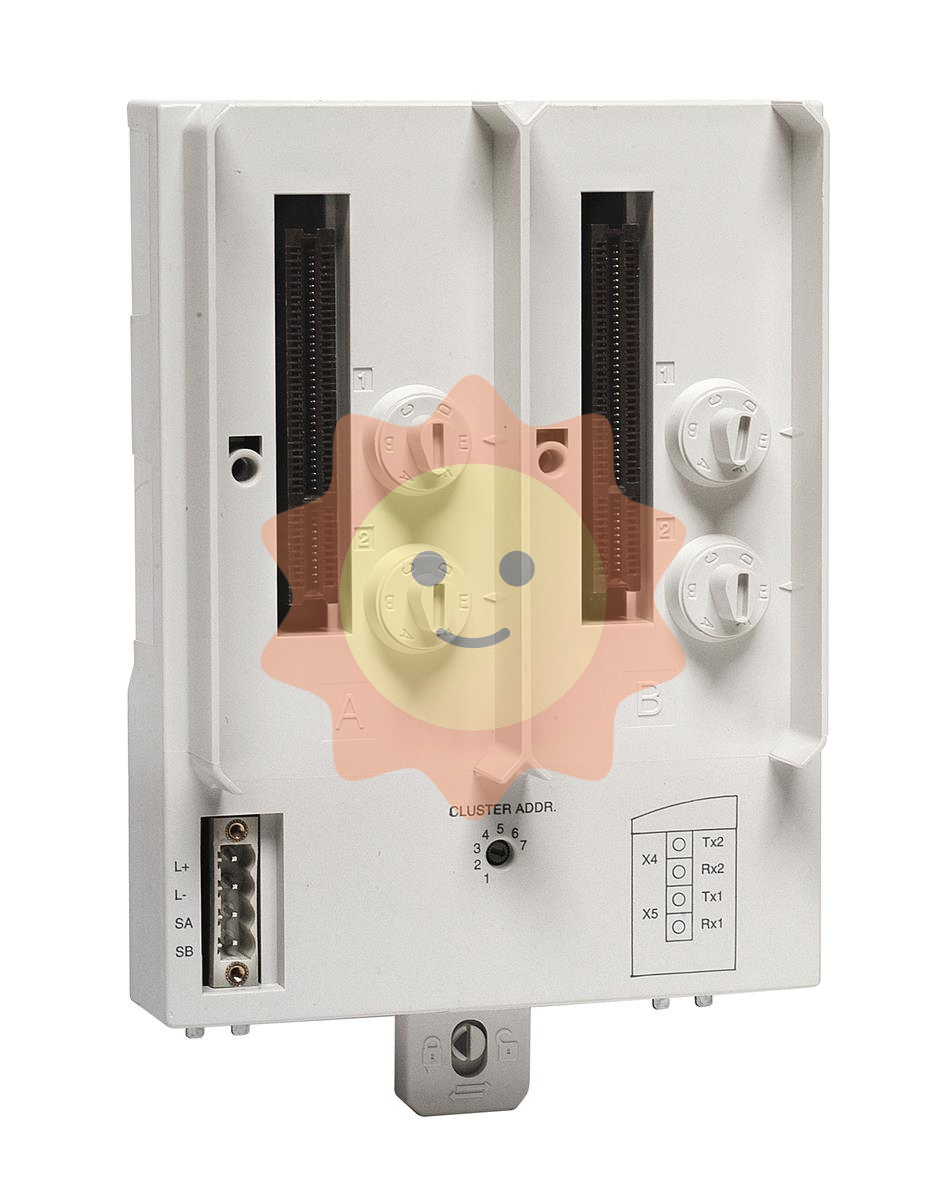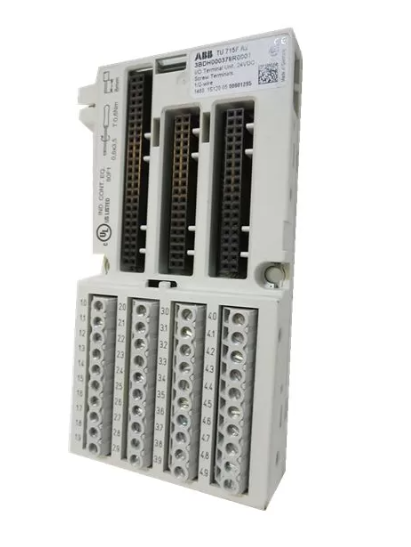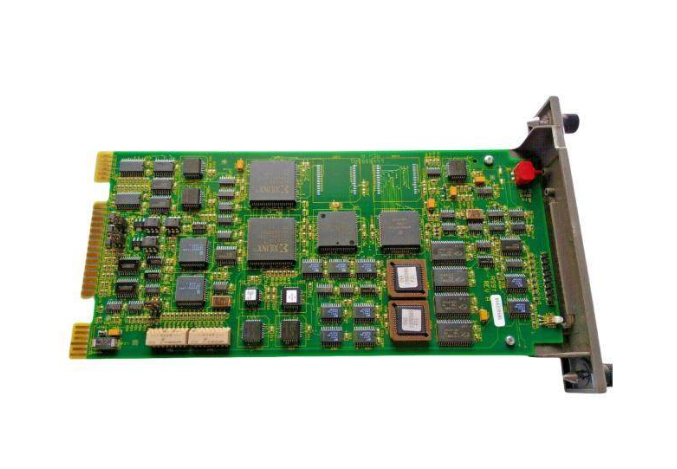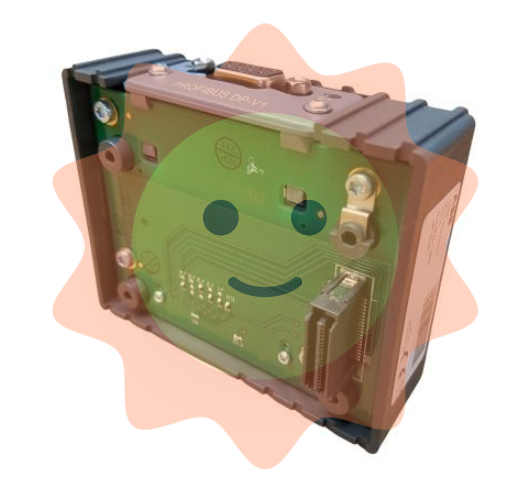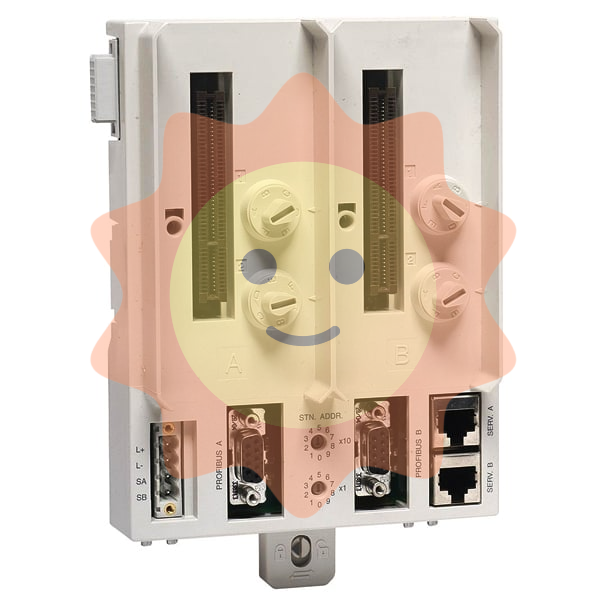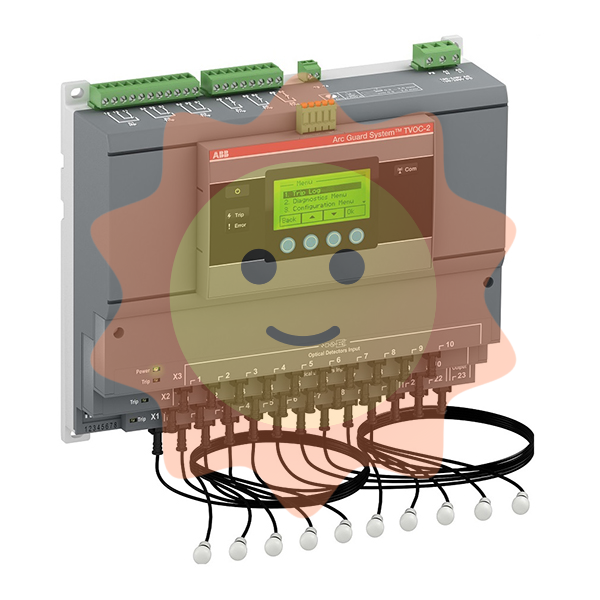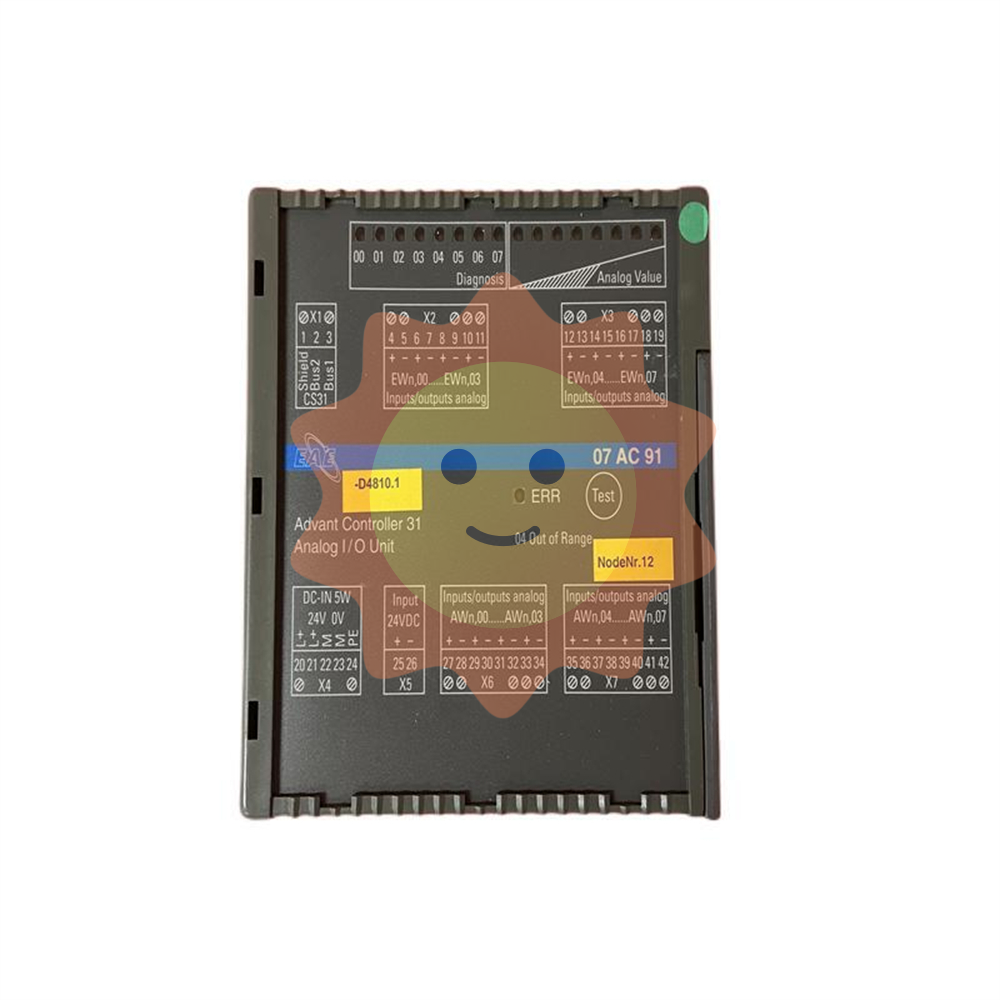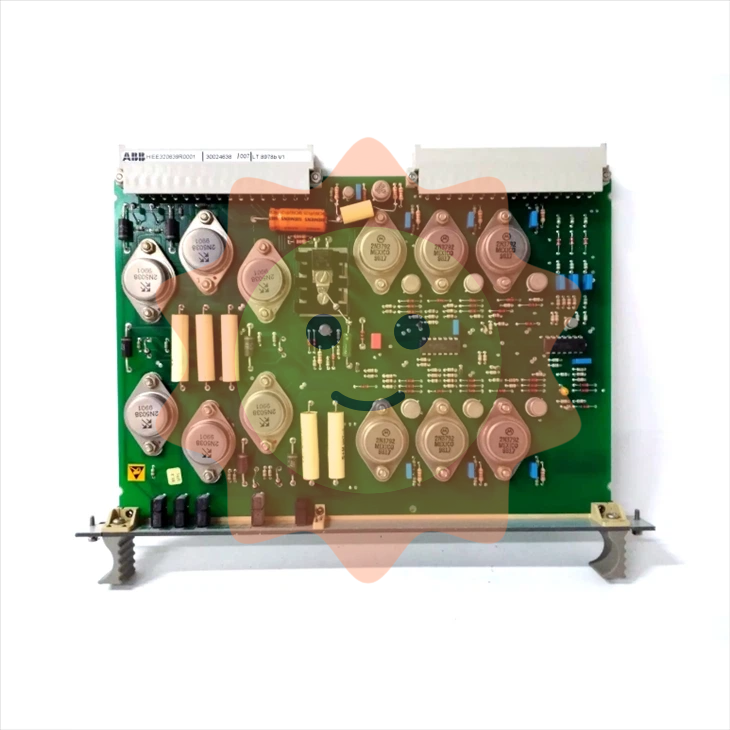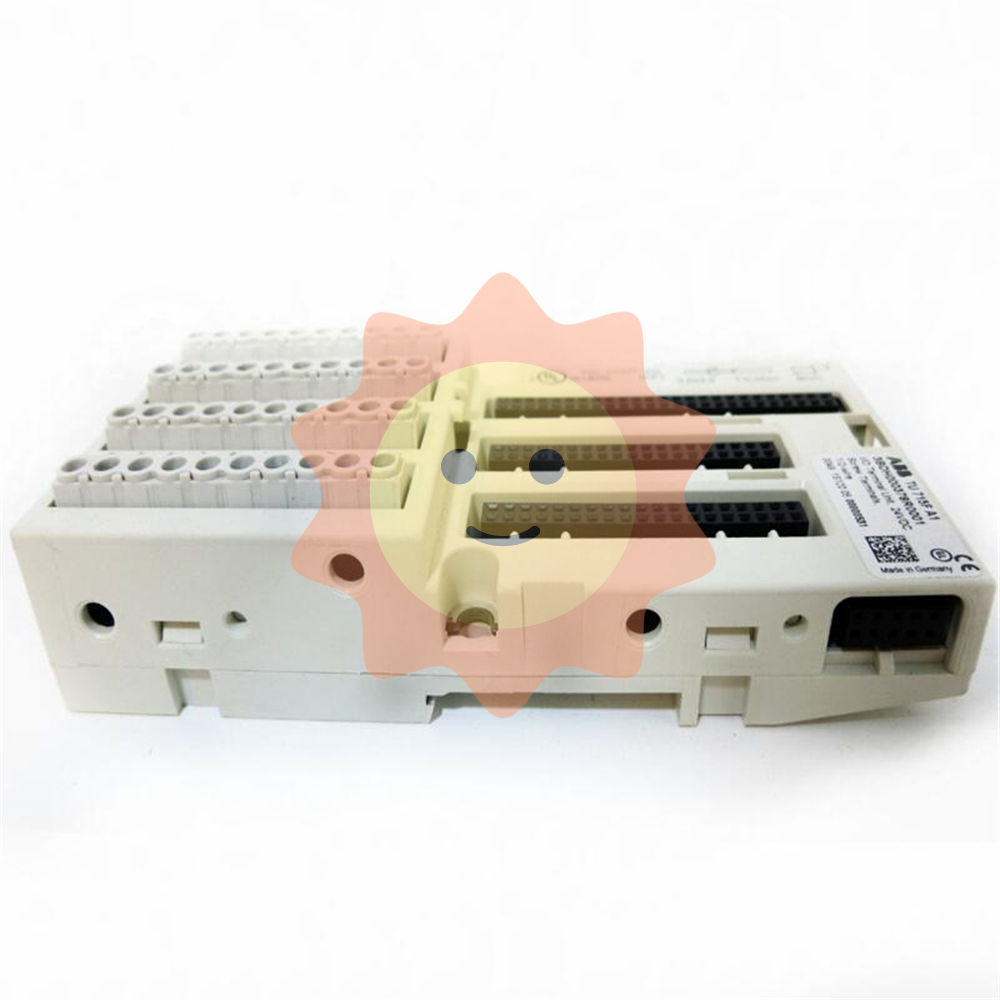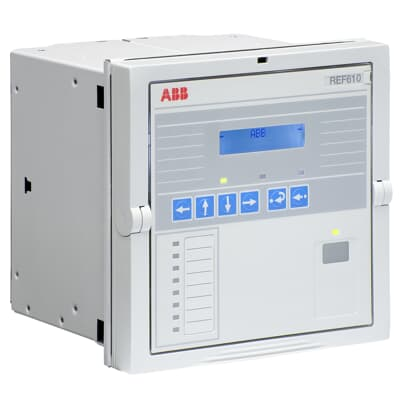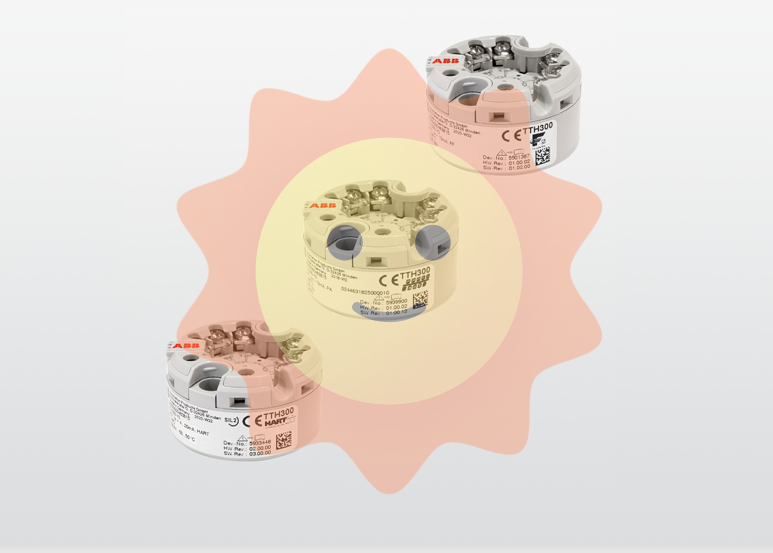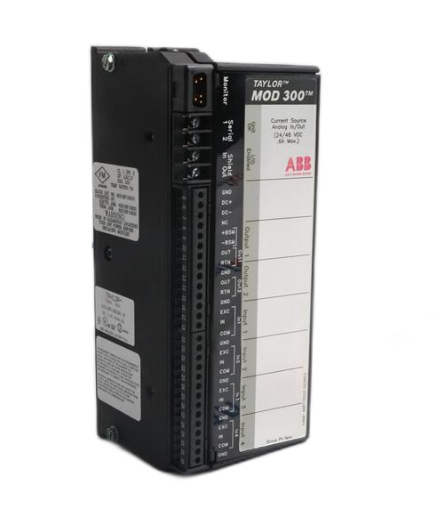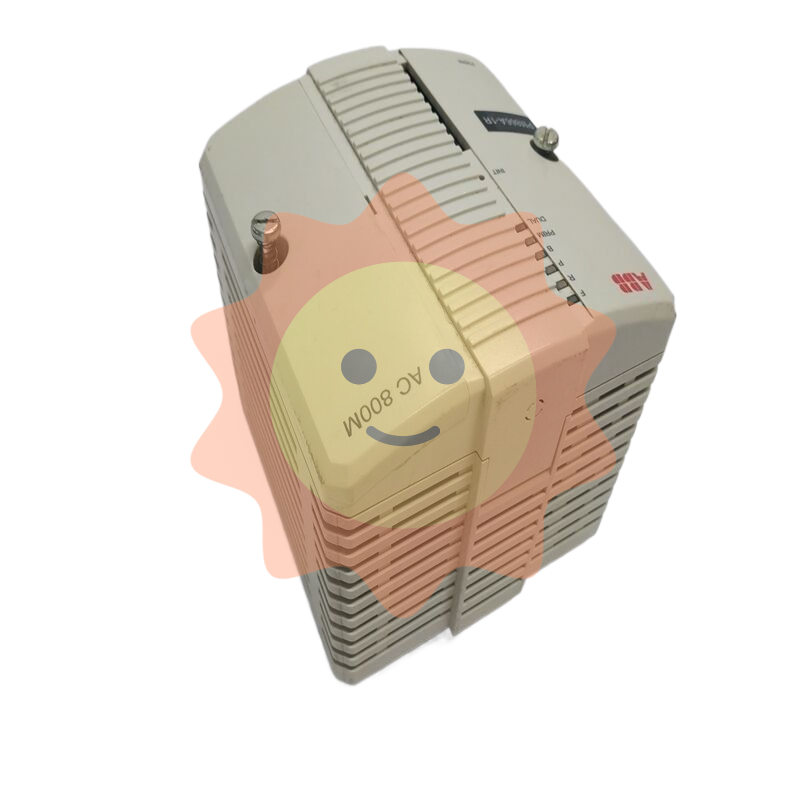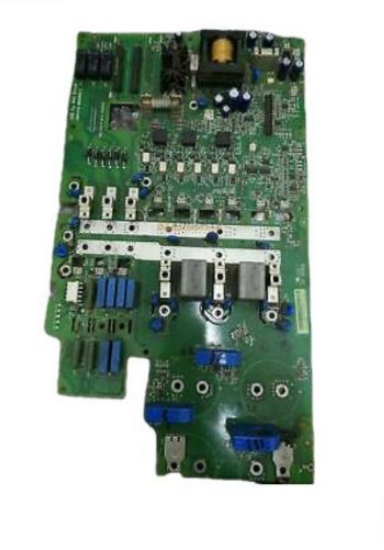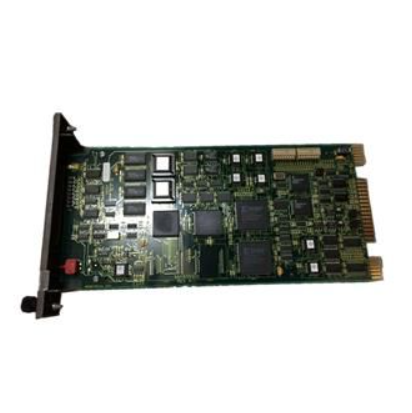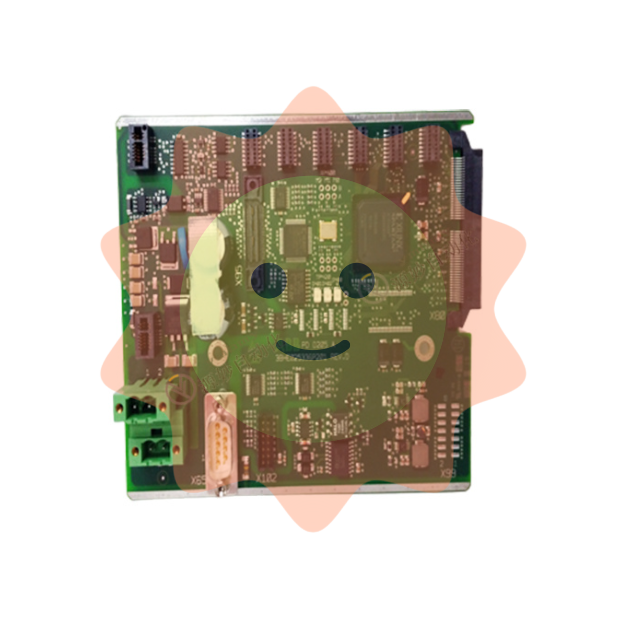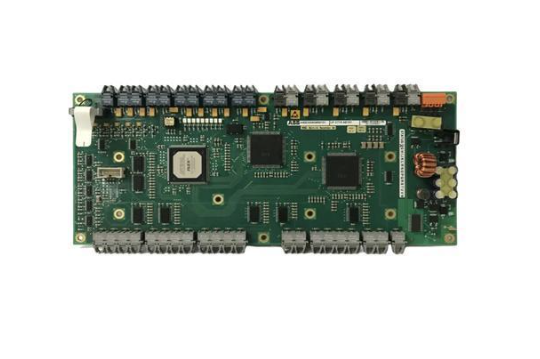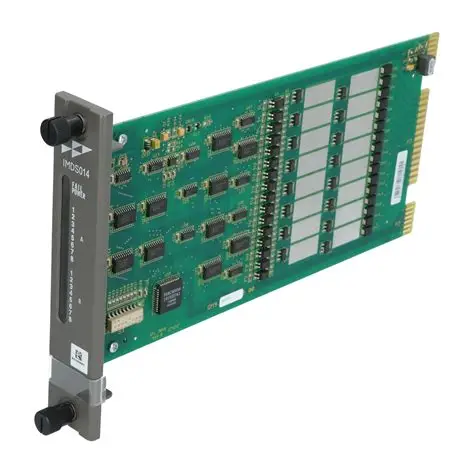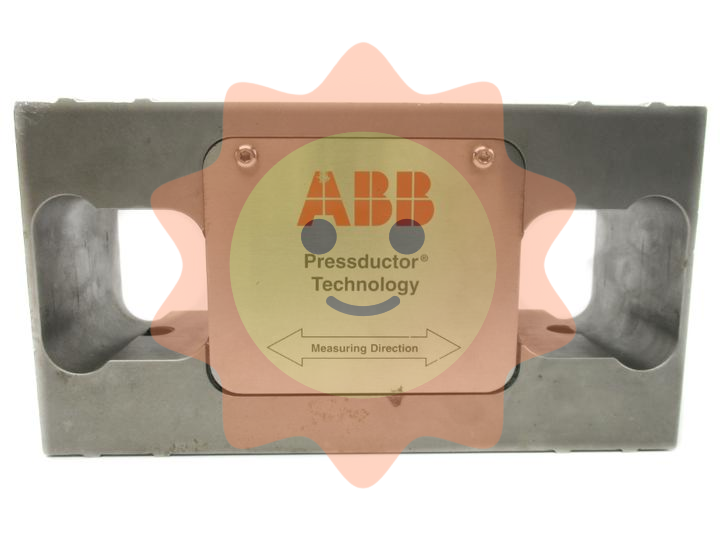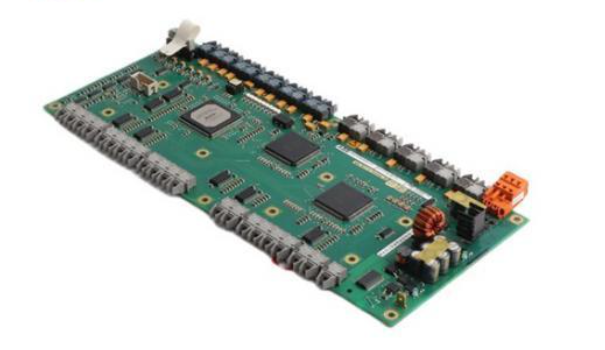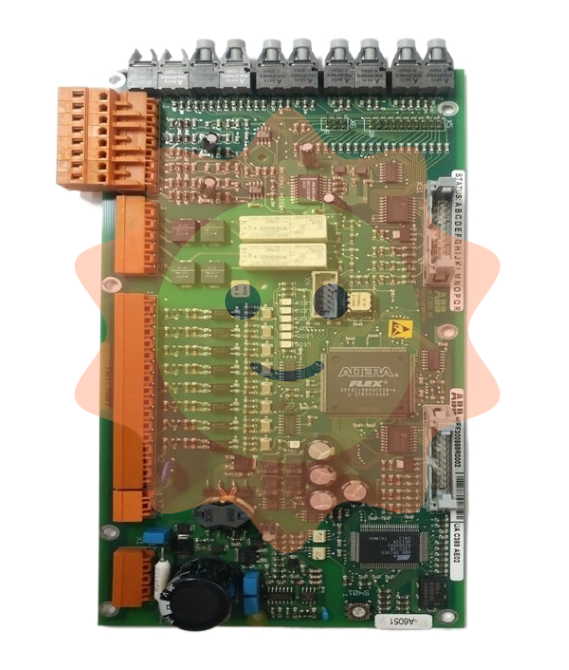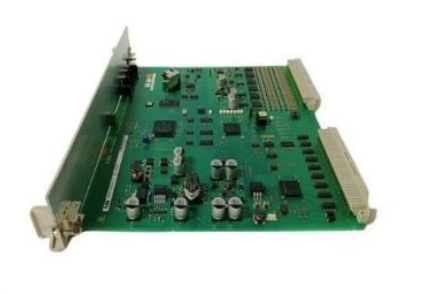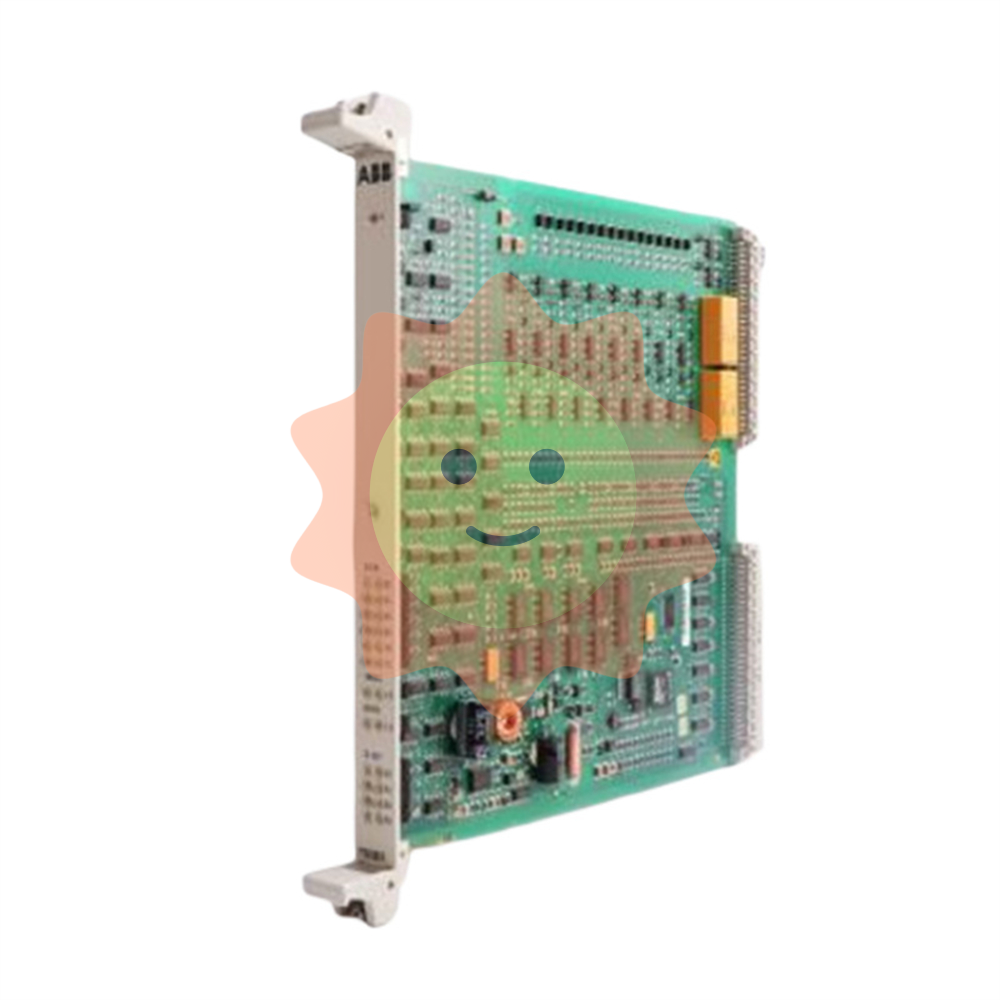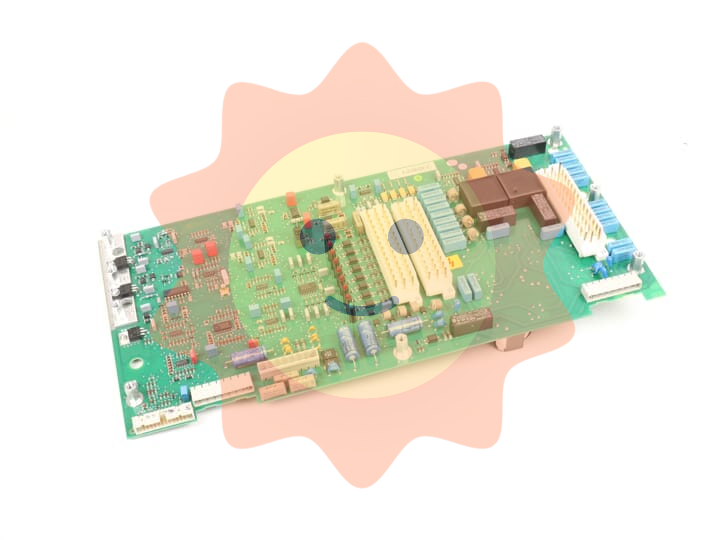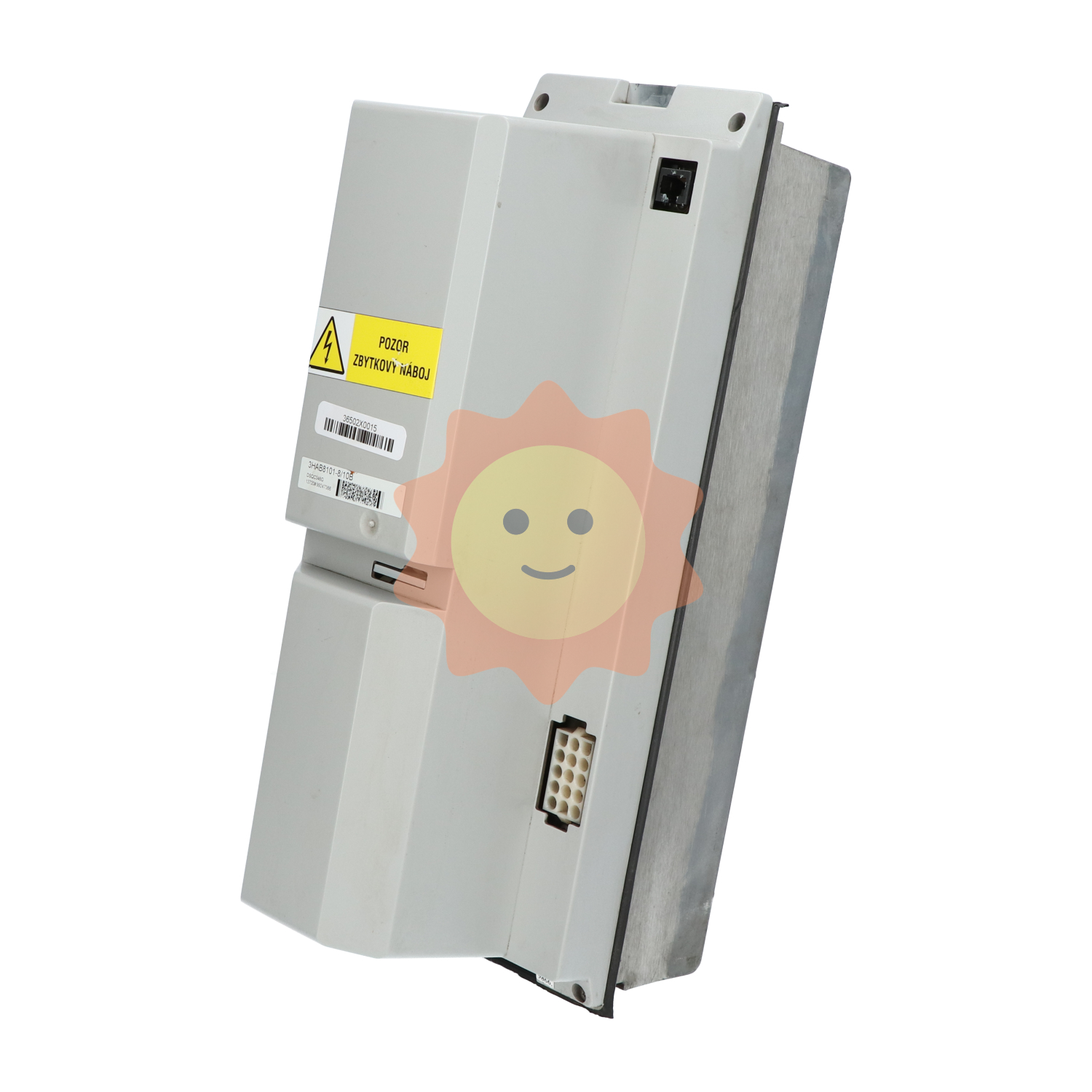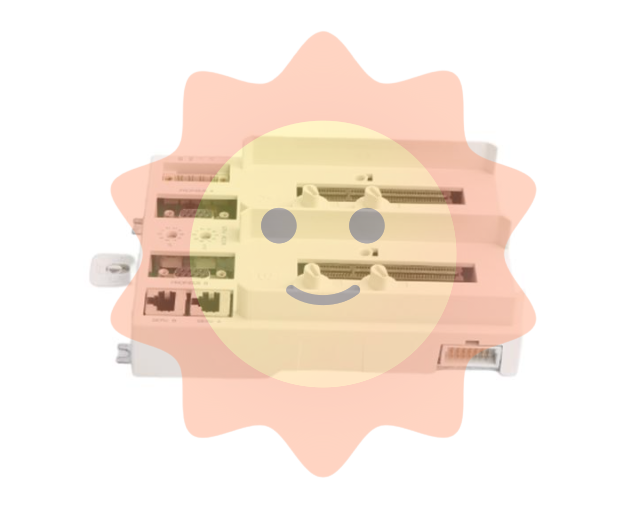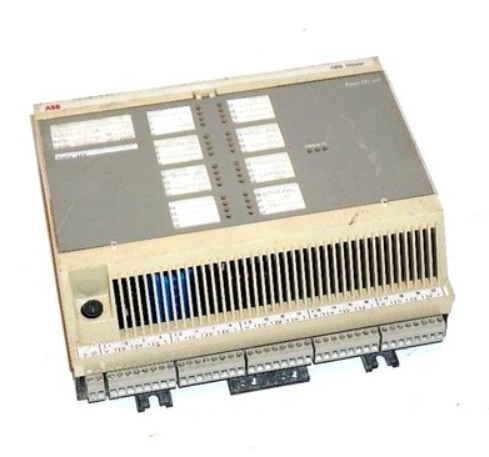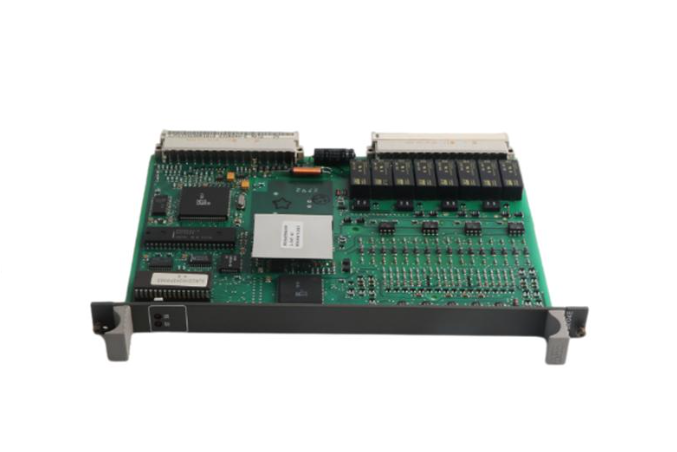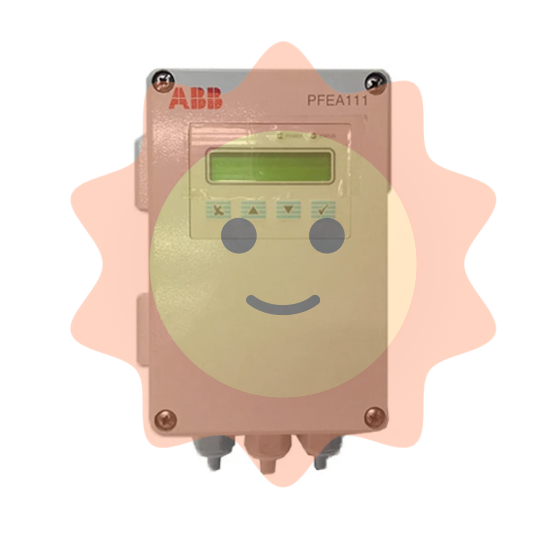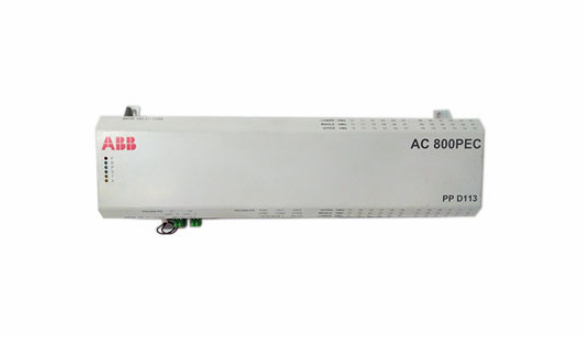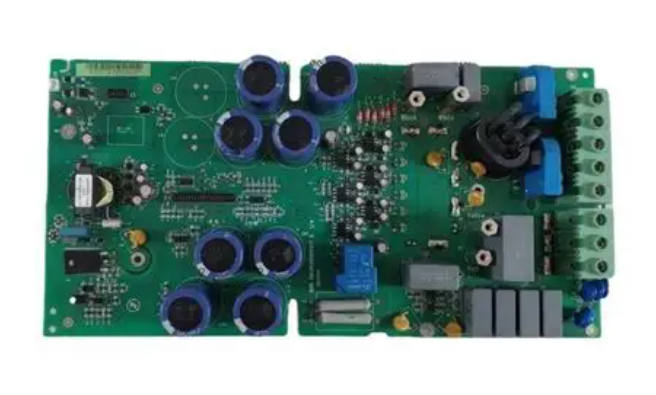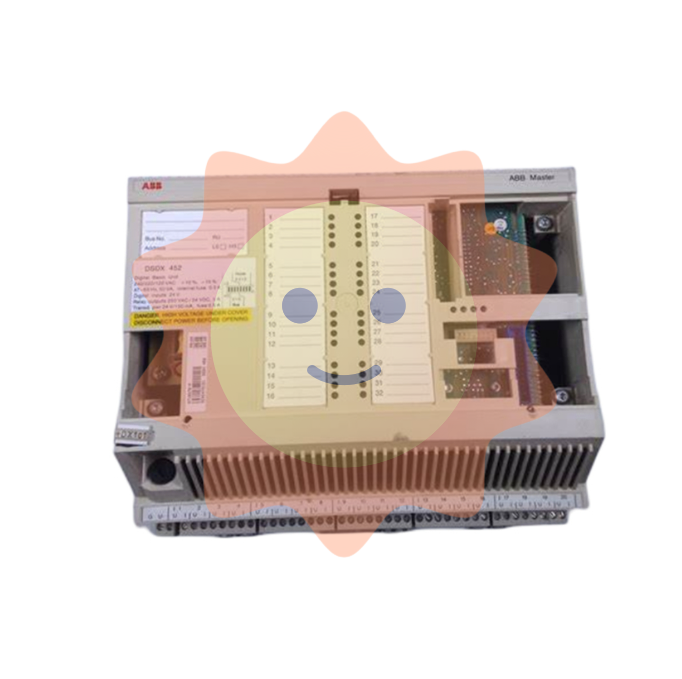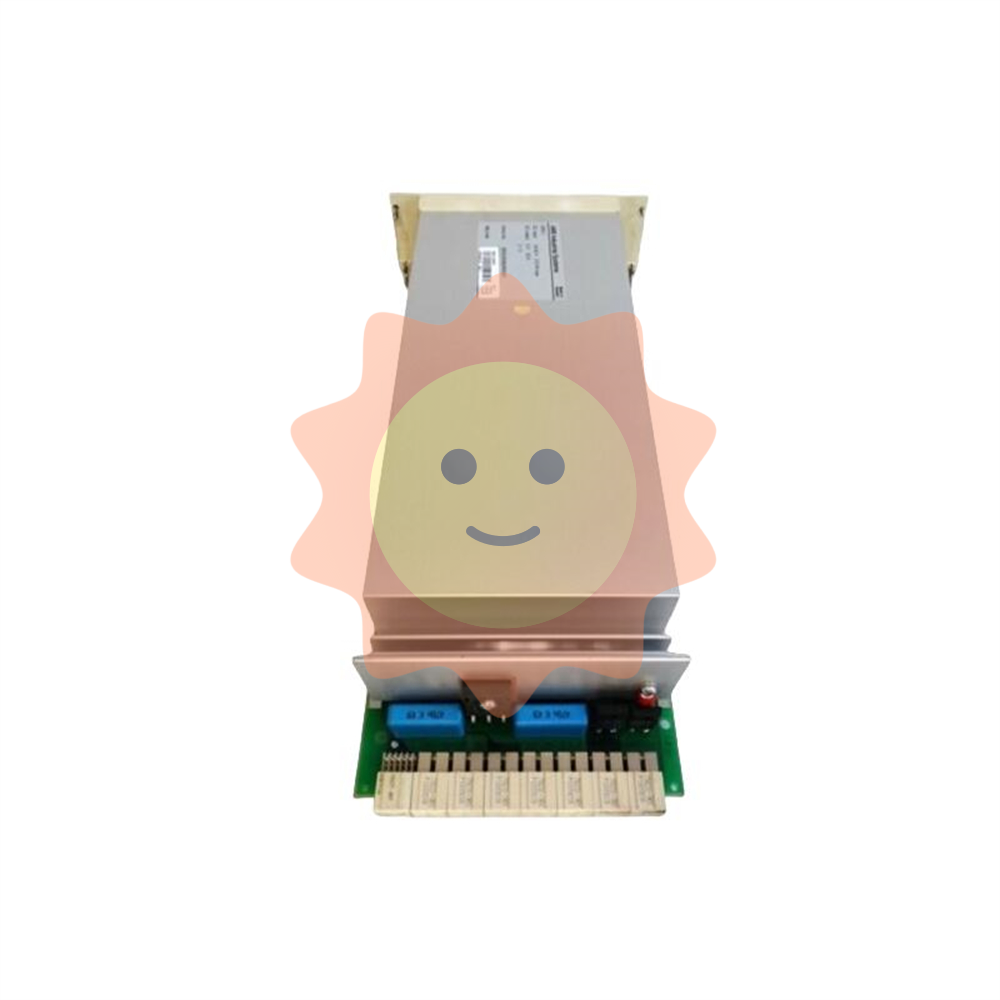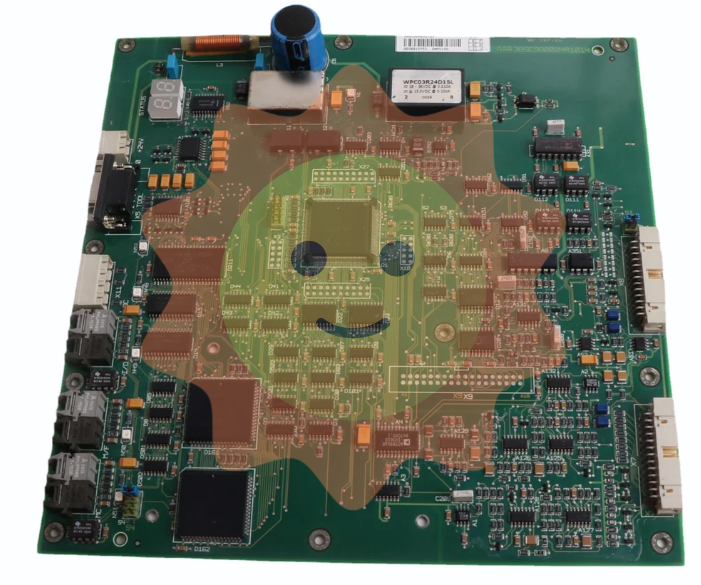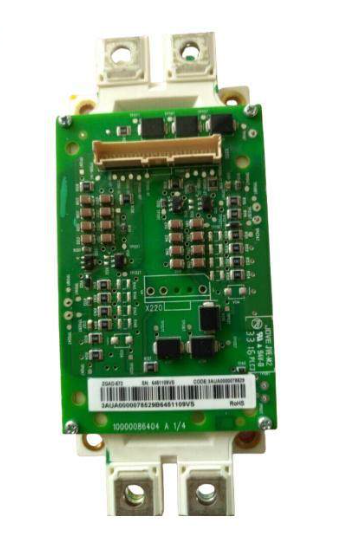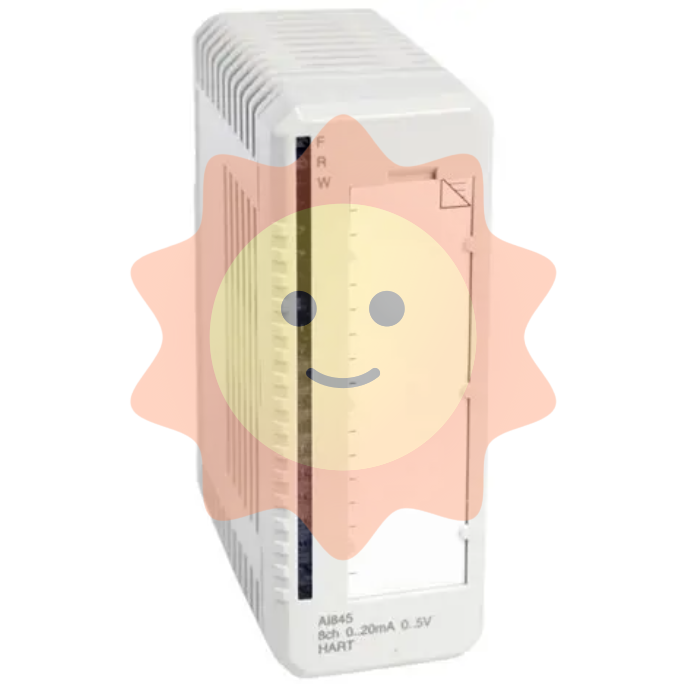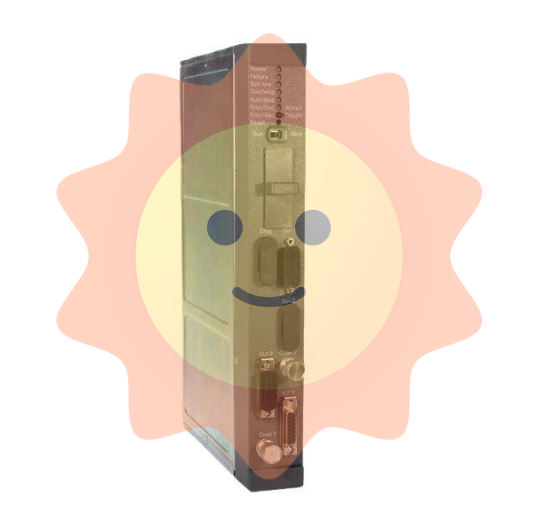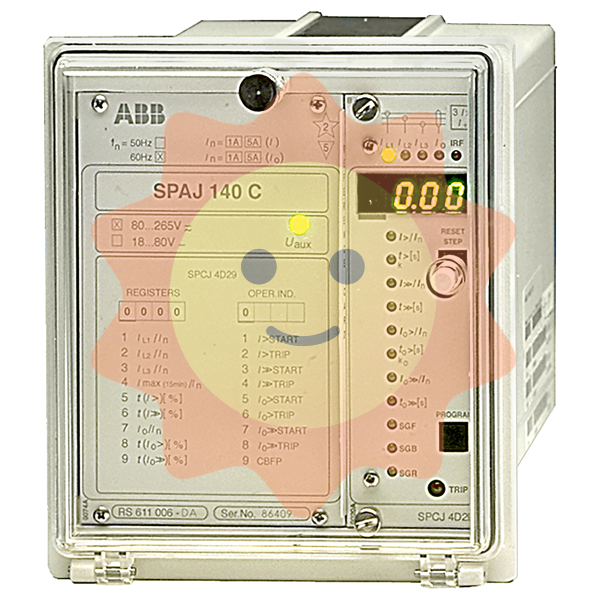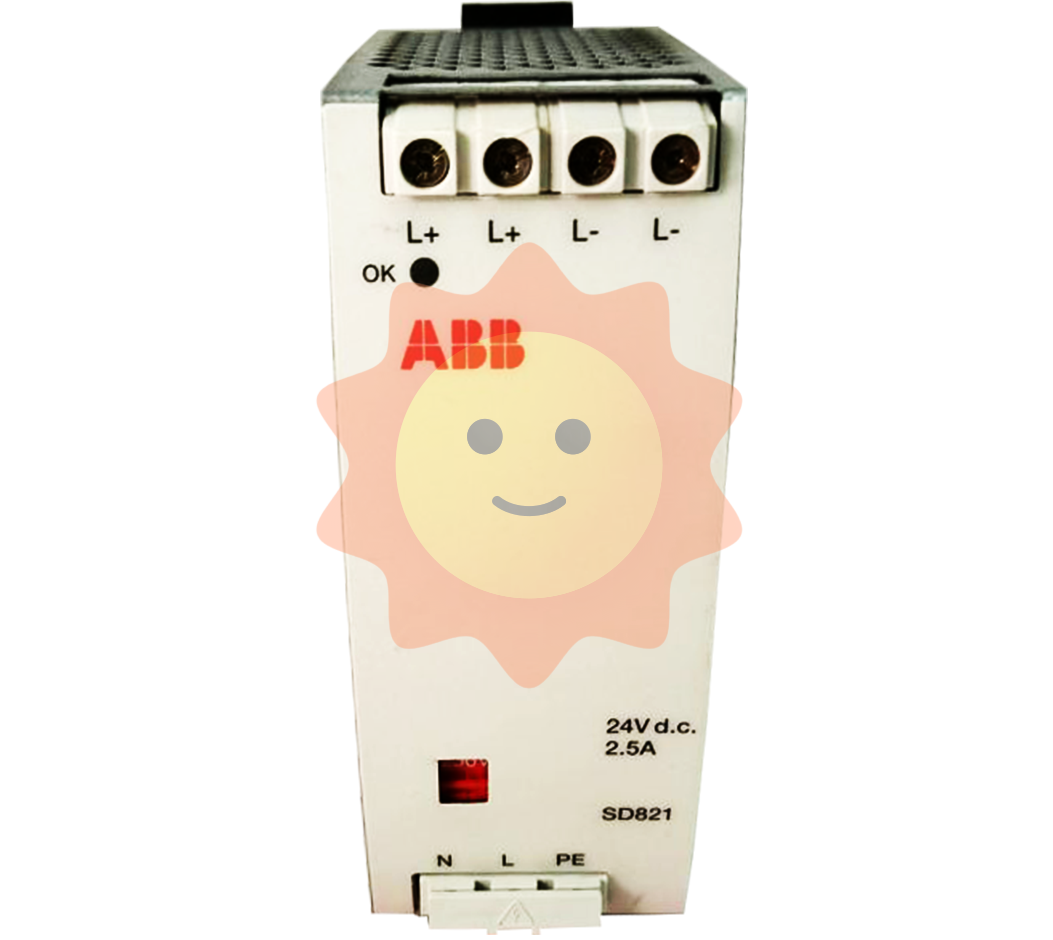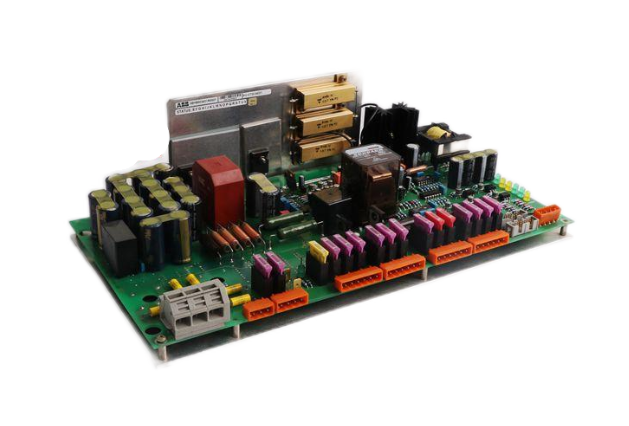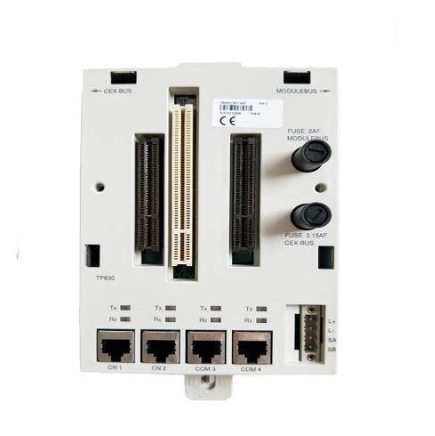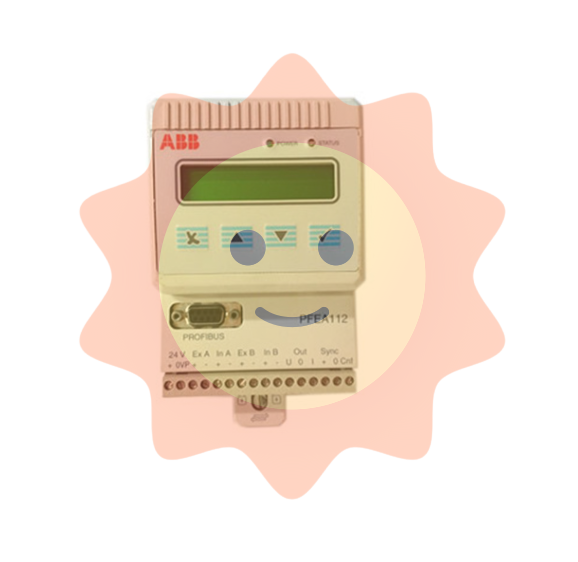How is "green" steel made?
First, steel - the main source of carbon emissions in China's manufacturing industry
China is the world's largest crude steel production country
Before 2016, due to the slowdown in downstream demand, vicious competition in the industry, and the loss of hematopoietic capacity of some enterprises to become zombie enterprises and other multiple reasons, the steel industry has a serious overcapacity situation, resulting in the overall profit reduction of the industry and a sharp decline in profitability.
In order to solve the problem of overcapacity, the steel industry has opened the supply-side reform since 2016, after a series of measures to promote enterprise restructuring and shut down zombie enterprises, the overall industry environment of the steel industry has been improved, and with the downstream industry demand for steel increased, China's crude steel production began to increase rapidly after 2016. In 2020, it will reach 1.065 billion tons, accounting for more than half of the global crude steel production, and it is the world's largest crude steel production country.
Increased crude steel production leads to increased carbon emissions
The rapid rise in crude steel production has led to the rapid rise in carbon emissions in the steel industry. In 2019, China's steel industry carbon emissions reached 1.853 billion tons, accounting for 19% of the country's total carbon emissions, carbon emissions are second only to the power industry, and it is the manufacturing industry with the most carbon emissions in China. Since China's crude steel production accounts for a large proportion of global crude steel production, China's steel industry to achieve carbon neutrality has a crucial role in the global carbon neutrality work.
Where does the carbon in the steel industry come from?
The current mainstream steel smelting methods can be divided into long process steel making with iron ore as the main raw material and short process steel making with scrap as the main raw material. Among them, the long process steel making includes sintering, high-price iron reduction (iron making), steel making, continuous casting, steel rolling and other links, and the short process is relatively short of the long process.

Long processes produce crude steel with higher carbon emissions per unit of output compared to short processes
In the long process of steelmaking, carbon emission mainly comes from sintering and blast furnace two processes. Sintering is the mixing of iron ore powder, fuel (including coke powder, anthracite, etc.), solvent (including quicklime, slaked lime, limestone, etc.), wetting granulation with water, and then ignition sintering on the sintering equipment, and finally forming sinter; The blast furnace melts sinter, iron ore, pellets and other iron-bearing substances to reduce to hot metal; In addition, auxiliary processes such as converter and rotary kiln also produce a certain amount of carbon emissions. The entire long process carbon emissions per ton of steel reach about 1.8-2.2 tons.
Compared with the long process of steel making, the short process, because scrap steel is used as the raw material, omits the high-carbon emission of ironmaking, and directly smelting scrap steel by electric arc furnace. The greenhouse gas emissions in the smelting process mainly come from the carbon in scrap steel and the carbon emissions generated by the oxidation of the graphite electrode used for heating, and the carbon emissions of the short process for producing tons of steel are only 0.4-0.8 tons.
The high proportion of long process is the root cause of high carbon emission in China's iron and steel industry
At present, China's crude steel production process is mainly based on BF - converter method, melt exchange method and direct reduction method and other long process steelmaking methods, accounting for up to 90%, higher than the global average of 73.7%, while the proportion of long process in the United States has dropped to 29.4% in 2020. High output and the use of high-carbon production processes are the most important reasons for high carbon emissions in China's steel industry.
Third, the path and dilemma of carbon neutrality in the steel industry
The steel industry wants to achieve the "double carbon" goal faces the difficulty of large emission reduction and short time, and wants to achieve the carbon neutral goal of the steel industry with high quality, it needs to make comprehensive efforts from various aspects such as strict control of production capacity, output, promoting process transformation, applying assistive technology, and seeking financial support.
Administrative regulation: Continue the requirements of supply-side reform, and strictly control production capacity and output
At the industry level, controlling production capacity and output is the most direct means to reduce carbon emissions in the steel industry. Controlling production capacity and output is not only the most important measure to deepen the supply-side reform of the steel industry that began in 2016, but also the most important measure to reduce carbon emissions.
In combination with the status quo that China's steel industry still has backward production capacity, the Ministry of Industry and Information Technology issued the "Guiding Opinions on Promoting the High-quality Development of the Steel Industry (Draft for Comments)", which made strict and specific provisions on the control of the steel industry production capacity, including prohibiting new steel production capacity, strictly implementing the relevant provisions such as steel production capacity replacement and project filing, and prohibiting the construction and expansion of smelting capacity projects; Zombie capacity should be disposed of according to classification, and the capacity of "zombie enterprises" that have not been restructured or liquidated shall not be used for capacity replacement; Strengthen the investigation and punishment of illegal new steel production capacity, continue to maintain a high-pressure crackdown, and consolidate the results of steel production capacity.
In January 2021, the Ministry of Industry and Information Technology clearly proposed at a press conference that reducing steel production is an important measure to achieve "double carbon", and once again stressed that it will resolutely compress steel production by prohibiting new steel capacity, improving capacity replacement methods, and promoting mergers and acquisitions in the steel industry.

Market regulation: increase concentration and form leading enterprises to regulate output
In addition to administrative measures, it is equally important to regulate production capacity and output through market-oriented means, but the prerequisite is the existence of large-scale enterprises that can lead the whole industry.
Taking the United States as an example, the United States steel has achieved control over the output and price of the entire steel market by constantly increasing its market share, but also lost market control in the process of declining market share.
The year 1901
Carnegie, Federal Steel, National Steel, Shelby steel and other producers and iron ore companies combined to form the United States Steel, the market share reached 66%, can effectively control the entire United States steel industry output and prices;
The year 1930
Under the leadership of the price mechanism, the rapid expansion of other steel mills led to the market share of US steel falling to about 40%, and the price leadership began to decline. During the Great Depression from 1929 to 1932, the US steel industry had excess capacity, and some steel mills began to no longer comply with the price leadership of US steel.
The year 1940
Due to slow improvement in production efficiency, upward labor costs and other factors, the U.S. steel market share further declined, and eventually gave up price leadership, it is difficult to produce a strong control of output and prices in the entire industry.
And China's steel industry CR10 in 2020 is only 39.2%, far lower than the United States, Russia, India and other major steel producing countries, the concentration is too low caused by industry expansion, relatively disorderly production, weak bargaining power and other problems, so whether it is to achieve the "double carbon" goal through the control of production capacity and output, or for the benign development of the entire industry, China's steel industry concentration must be greatly improved.
At present, China's steel industry policy has begun to vigorously promote the industry concentration, the current Baowu steel and other large steel enterprises have opened a large-scale merger and reorganization, it is expected that the future concentration of China's steel industry will show an upward trend.
Process transformation: Drive the transformation of long process to short process in the long term
From the production process level, promoting the transformation of long processes to short processes is another important measure for the industry to reduce carbon, but it is difficult to achieve complete replacement in the short term. Although the carbon emission per ton of steel in the short process is much lower than that in the long process, the urbanization in the short term will increase the demand for steel, the shortage of raw materials, and the high cost decide that the process transformation will be a long-term process.
In terms of demand, China's current urbanization rate still has room to improve, and steel demand is expected to rise further in the short term. From the data of the three developed countries of the United States, Japan and France, it can be found that before the urbanization rate reached 75%, the increase of the urbanization rate had a greater role in promoting the demand for crude steel, and after reaching 75%, the pulling effect began to slow down, and the crude steel production entered the plateau period. In 2019, China's urbanization rate is about 61.5%, and it is expected that there is still a large demand for steel, so it is difficult to promote short processes to replace long processes on a large scale in the short term.
The shortage of scrap production in China also restricts the scale of short-process steelmaking. Domestic scrap supply has always been in a tight state, the overall scrap production is insufficient, in 2020 is 260 million tons, for scrap demand there are some gaps can not be met, while the annual increase in scrap production of about 20 million tons, but China's crude steel production has reached 1 billion tons per year, scrap production can not meet the short process of raw material demand.

The incomplete steel recycling system is also one of the reasons for the insufficient production of scrap steel, China's scrap steel recycling and processing industry started late, the development time is short, in 2012, the Ministry of Industry and Information Technology formulated and issued the access conditions for scrap steel processing industry, as of 2020, a total of 478 enterprises to become the Ministry of Industry and Information Technology access enterprises; At the same time, the relevant departments also encourage all kinds of capital to enter the recycling, sorting and processing of renewable resources, and support steel enterprises to cooperate with scrap recycling enterprises to build integrated scrap processing and distribution centers; In general, China's scrap steel processing industry is still in the early stage of development, and the power of scrap supply is still quite limited.
There is also a mismatch between the application of short-process steelmaking technology and China's power structure and steel product demand. First, the average steel production time of the fourth generation electric furnace is 55-60 minutes, and the smelting cycle is longer than that of the converter. Second, the power consumption is 500KWH/t, which poses greater pressure on the local power grid; Third, the current short-process production is mainly suitable for rebar, and can not meet the diversified production needs of iron and steel products in our country.
However, with the degree of urbanization reaching a higher level, the increase of scrap in circulation, the superposition of China's power structure transformation and carbon trading market, the production process will gradually change to a short process, and become the fundamental means for the steel industry to achieve carbon neutrality. In terms of urbanization rate, compared with the development process of developed countries, with the urbanization rate of developed countries reaching more than 70%, after long-term accumulation, the economic circulation link began to produce a large amount of scrap steel, scrap supply increased, cost decreased, and short-process production represented by electric furnaces developed rapidly. At the same time, combined with the transformation and adjustment of China's power structure under the "dual carbon" goal, with the increase in the proportion of non-fossil energy power generation, the steel industry as a high-energy-consuming industry, the transformation to a short process means that it can enjoy more carbon emission reduction benefits brought by clean power. Finally, after the steel industry enters the national carbon trading market, the carbon price increase will indirectly increase the cost of the long process and encourage steel enterprises to increase investment and application of the short process.
Technology upgrade: low-carbon production, CCUS technology to assist the steel industry to reduce carbon
The process of iron making is a chemical reaction process in which carbon monoxide is used as a reducing agent to reduce high price iron to iron. The process of steelmaking is to adjust the proportion of alloying elements through oxidation reaction to form steel with specific physical and chemical properties. In the oxidation process, greenhouse gases are released and carbon emissions are generated. From the above two reaction processes, it can be seen that whether it is a long process or a short process, carbon emissions are unavoidable in the current production process.
Since the process of steel production cannot completely eliminate carbon emissions, in addition to the transformation of the long process to the short process, other supporting source reduction and sink enhancement technologies also need to be applied to the production process. These technologies include improving pellet ratio, oxygen enrichment of blast furnaces, improving waste heat and energy utilization efficiency, direct reduced iron DRI, hydrogen enrichment metallurgy, full hydrogen metallurgy, CCUS technology, electrolytic iron ore, etc., mainly through auxiliary production process to improve energy efficiency and direct absorption of carbon emissions to achieve carbon reduction, but at present, many technologies are immature and high cost. It is difficult to be the main means of carbon reduction in a short period of time.

Financial support: The importance of green finance
The low-carbon transformation of the steel industry requires trillion-level investment, and green finance is essential to help the steel industry achieve carbon neutrality. The low-carbon transformation of the steel industry may include the transformation of electric furnace technology, pellet instead of sintering, direct reduction of iron, hydrogen enrichment to improve the energy efficiency of blast furnaces, improve the utilization efficiency of waste heat and energy and the proportion of self-generated electricity, etc., which requires about trillion level of investment according to Warburg Securities. This level of investment is difficult to complete by enterprises alone, and it will inevitably need the help of green finance.
In the period from January to June 2018, 2019, 20203 and 2021, the scale of green bonds issued by the domestic steel industry in the domestic bond market is 1.62 billion yuan, 8.08 billion yuan, 0 billion yuan and 500 million yuan respectively, accounting for only 0.7%, 2.68%, 0% and 0.45% of the bond scale of the steel industry in the same period. The proportion of financing through green bonds in the steel industry is very low, and the scale of green bonds in the steel industry may increase significantly in the future, driven by the large-scale low-carbon transformation expenditure of the industry.
- EMERSON
- Honeywell
- CTI
- Rolls-Royce
- General Electric
- Woodward
- Yaskawa
- xYCOM
- Motorola
- Siemens
- Rockwell
- ABB
- B&R
- HIMA
- Construction site
- electricity
- Automobile market
- PLC
- DCS
- Motor drivers
- VSD
- Implications
- cement
- CO2
- CEM
- methane
- Artificial intelligence
- Titanic
- Solar energy
- Hydrogen fuel cell
- Hydrogen and fuel cells
- Hydrogen and oxygen fuel cells
- tyre
- Chemical fiber
- dynamo
- corpuscle
- Pulp and paper
- printing
- fossil
- FANUC
- Food and beverage
- Life science
- Sewage treatment
- Personal care
- electricity
- boats
- infrastructure
- Automobile industry
- metallurgy
- Nuclear power generation
- Geothermal power generation
- Water and wastewater
- Infrastructure construction
- Mine hazard
- steel
- papermaking
- Natural gas industry
- Infrastructure construction
- Power and energy
- Rubber and plastic
- Renewable energy
- pharmacy
- mining
- Plastic industry
- Schneider
- Kongsberg
- NI
- Wind energy
- International petroleum
- International new energy network
- gas
- WATLOW
- ProSoft
- SEW
- wind
- ADVANCED
- Reliance
- YOKOGAWA
- TRICONEX
- FOXBORO
- METSO
- MAN
- Advantest
- ADVANCED
- ALSTOM
- Control Wave
- AB
- AMAT
- STUDER
- KONGSBERG
- MOTOROLA
- DANAHER MOTION
- Bently
- Galil
- EATON
- MOLEX
- Triconex
- DEIF
- B&W
- ZYGO
- Aerotech
- DANFOSS
- KOLLMORGEN
- Beijer
- Endress+Hauser
- MOOG
- KB
- Moxa
- Rexroth


Email:wang@kongjiangauto.com



